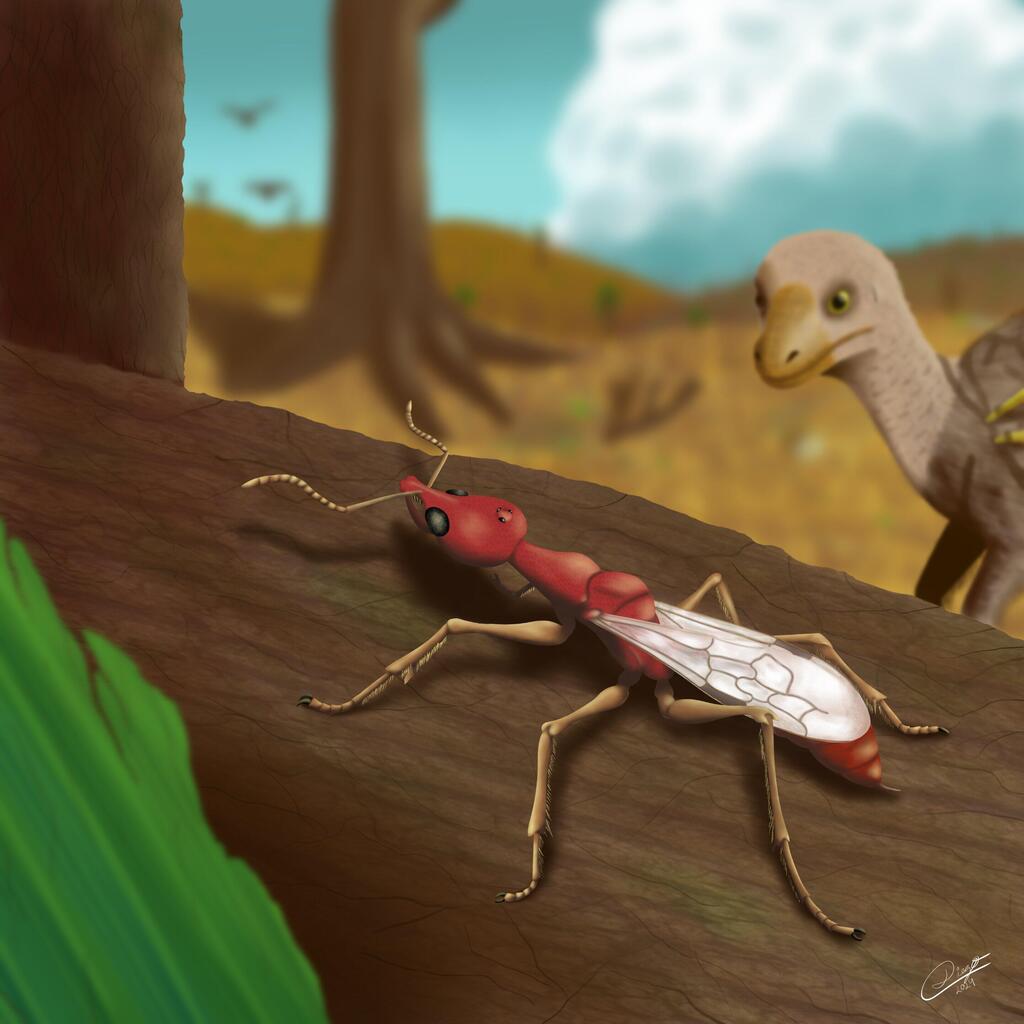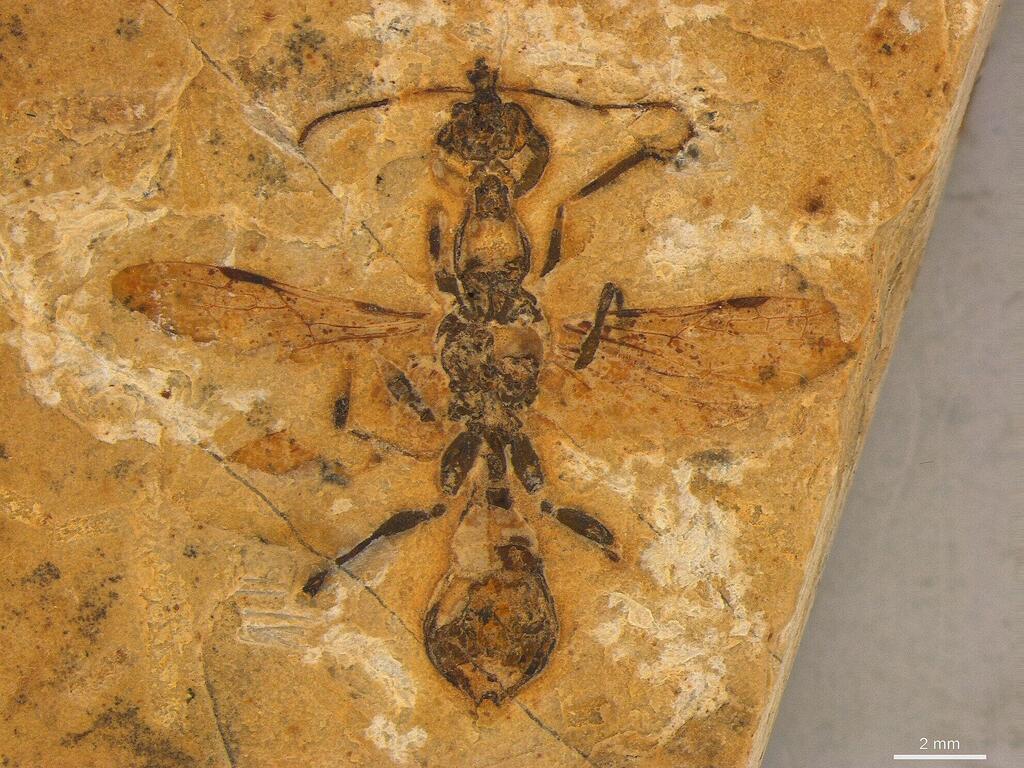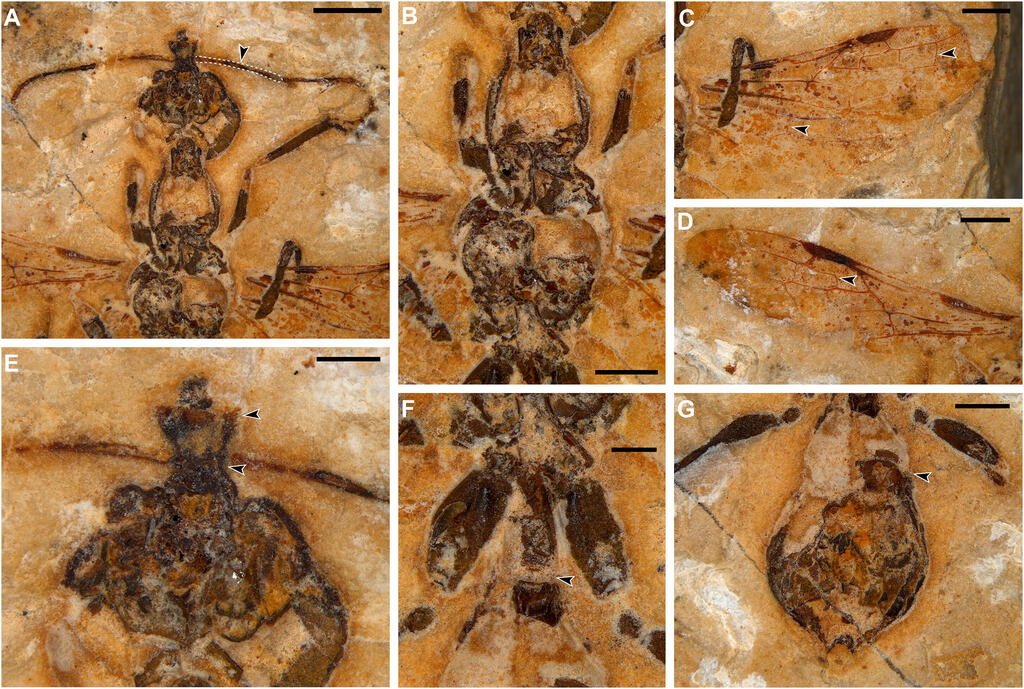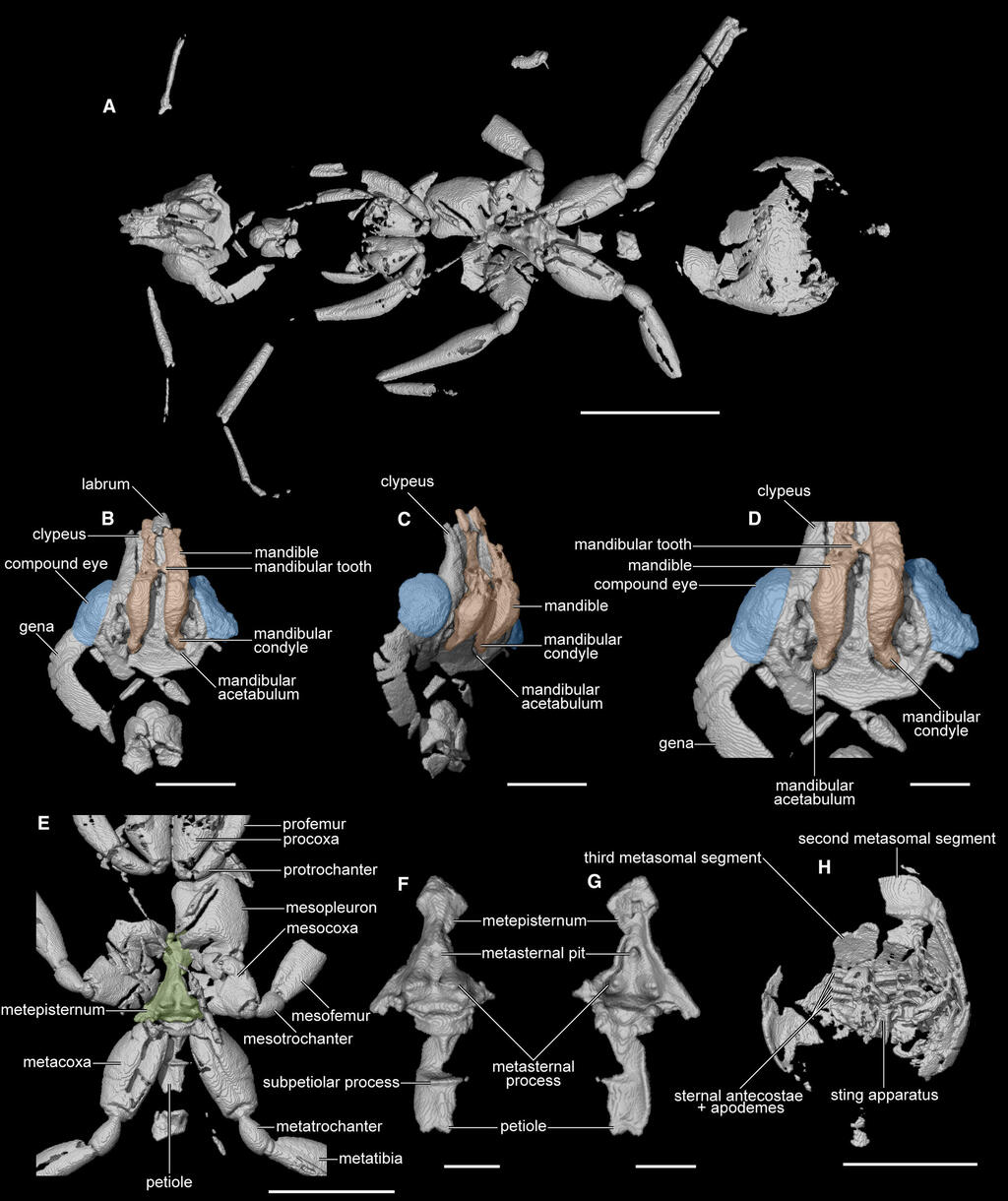Getting your Trinity Audio player ready...
A 113-million-year-old "hell ant" that once lived in northeastern Brazil has been identified as the oldest known ant specimen. The extinct ant, preserved in limestone, belongs to the Haidomyrmecinae subfamily, which existed only during the Cretaceous period (145–66 million years ago).
These ants had distinctive, sickle-shaped mandibles likely used to capture and impale prey. "Our team has discovered a new fossil ant species representing the earliest undisputable geological record of ants," said Anderson Lepeco of the Museum of Zoology at the University of Sao Paulo, a member of the research team that made the discovery.
"What makes this discovery particularly interesting is that it belongs to the extinct 'hell ant,' known for their bizarre predatory adaptations. Despite being part of an ancient lineage, this species already displayed highly specialized anatomical features, suggesting unique hunting behaviors."
Ants are among the most diverse and abundant animals on Earth today, with over 13,800 known species out of an estimated 22,000. They inhabit almost every continent and environment, from rainforests to deserts. The discovery of the fossil, named Vulcanidris cratensis and published in the Current Biology journal, sheds new light on the evolution and biogeography of ants over time.
The oldest ant fossils until today had been found in France, Myanmar and Canada, preserved in amber. The discovery of a hell ant in Brazil suggests a wide and diverse distribution from the early stages of their evolution. This marks the first time a hell ant has been found preserved in limestone rather than amber.
Lepeco and his colleagues made the discovery during a systematic review of one of the world's largest collections of fossilized insects, sourced from the Crato Formation, a sedimentary rock deposit known for exceptionally preserved fossils, sometimes including soft tissues.
"When I encountered this extraordinary specimen, we immediately recognized its significance," Lepeco said. “Not only as a new species but as potentially the definitive evidence of ants in the Crato Formation.”
“This finding highlights the importance of thorough examination of existing collections — private or in museums — and brings a spotlight to Brazilian paleontology and the underexplored fossil insect fauna of the country,” he explained.
Get the Ynetnews app on your smartphone: Google Play: https://bit.ly/4eJ37pE | Apple App Store: https://bit.ly/3ZL7iNv
A micro-CT scan, a 3D imaging technique using X-rays to view the interior of objects, revealed that the newly discovered ant was closely related to Aquilomyrmex huangi, a hell ant species from Myanmar dated to 100 million years ago.
Beyond their wide distribution, suggesting they repeatedly crossed Cretaceous landmasses, what surprised researchers most were the Brazilian hell ant’s unusual features. Unlike modern ants, whose mandibles move side to side, this species had mandibles that moved vertically.
“Unlike modern ants with laterally moving mandibles, this species possessed mandibles that ran forward parallel to the head and facial projection anterior to the eyes. Finding such an anatomically specialized ant from 113 million years ago challenges our assumptions about how quickly these insects developed complex adaptations,” Lepeco said.
“The intricate morphology suggests that even these earliest ants had already evolved sophisticated predatory strategies significantly different from their modern counterparts,” he added.
The discovery of this new ant specimen raises broader questions about the evolutionary pressures that led to the hell ant’s unique adaptations. With advanced imaging tools, it is now possible to examine such fossil specimens in much greater detail than ever before,” he concluded.





